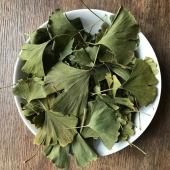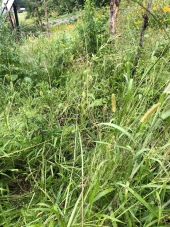
 3
3




 3
3




Whathever you are, be a good one.
___________________________________
 1
1








 15
15




 1
1








Whathever you are, be a good one.
___________________________________
 1
1




Whathever you are, be a good one.
___________________________________




Whathever you are, be a good one.
___________________________________
 2
2




Josh Warfield wrote:Good tip! Approximately how much air space do you leave? Like do you put spacers under the boards, or just make sure it's not totally pressed down?
 3
3




 8
8




“The beautiful thing about learning is that nobody can take it away from you.” – B.B. King
 8
8




“We can complain because rose bushes have thorns, or rejoice because thorn bushes have roses.” — Abraham Lincoln

 3
3




Works at a residential alternative high school in the Himalayas SECMOL.org . "Back home" is Cape Cod, E Coast USA.
 9
9




 1
1




“We can complain because rose bushes have thorns, or rejoice because thorn bushes have roses.” — Abraham Lincoln
 3
3




Josh Warfield wrote:Pressing down the soil might not be a good idea for me, I've got enough clay that wet dirt turns into adobe brick pretty easily if I'm not careful.

 2
2




Working toward a permaculture-strong retirement near sunny Sperling.
 3
3




 5
5




 3
3




Josh Warfield wrote:I've got seedlings! Thanks everyone for the help. I started another bed and am doing a little side-by-side test using a scrap 2x4 piece. I like the cardboard idea too, will probably try that next time. Also starting to think that a drip watering system might be moving up the priority list. Or I might try out the buried olla system.
Pressing down the soil might not be a good idea for me, I've got enough clay that wet dirt turns into adobe brick pretty easily if I'm not careful.
The seeds are from a local grower and come with recommendations of when to plant, so I don't think I'm doing anything too crazy out of season. Most of my planting areas get afternoon shade, and I'm experimenting with different ways of adding organic matter.
Melanie, when you say "add mycelium" do you mean a commercial inoculant of some sort? I've been trying to encourage fungi however I can but so far haven't brought in anything from outside like that. Some of the mulch I'm using has bits of mycelium already growing on it, and I've also found some dry puffballs around (astraeus hygrometricus, I believe) and I tried dusting those spores onto a couple of beds. If you have more strategies for encouraging / speeding up that process, I'd love to hear them!
“The beautiful thing about learning is that nobody can take it away from you.” – B.B. King
 4
4




sow…reap…compost…repeat
 3
3




Amy Gardener wrote:
Years ago, I read about the co-evolution of bison and grass/grain/legume forage. The hoof has two (cloven) halves that make up ~4” x 5” depression. When the winds blow the tiny seeds around, then the rains come, the compressed earthen container holds the wind-blown top soil, seeds rainwater and surrounding runoff. This gives the seeds a chance to germinate in side-by-side, little hoof-made nests surrounded by established prairie plants. I am in awe of this adaptation!
 1
1




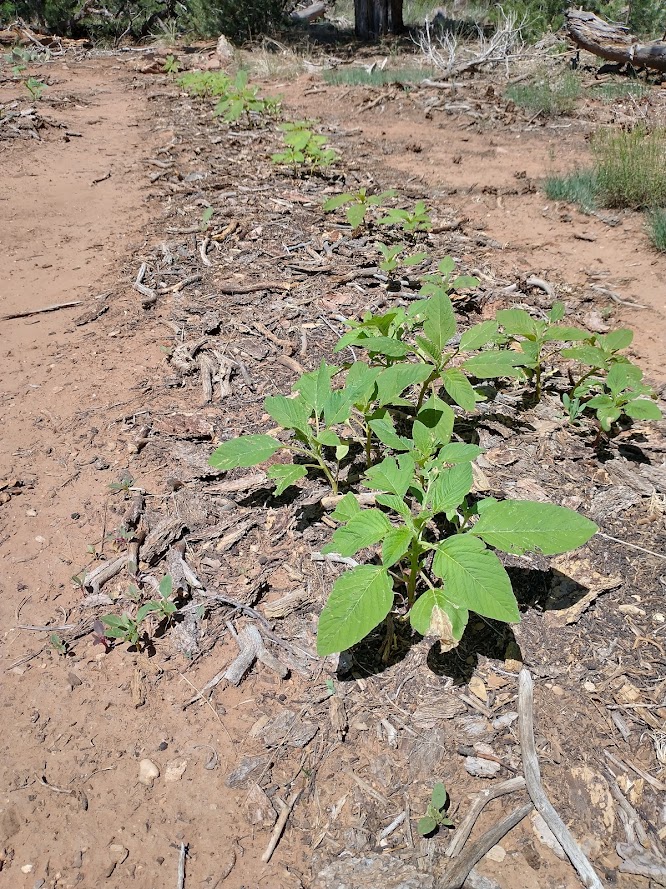
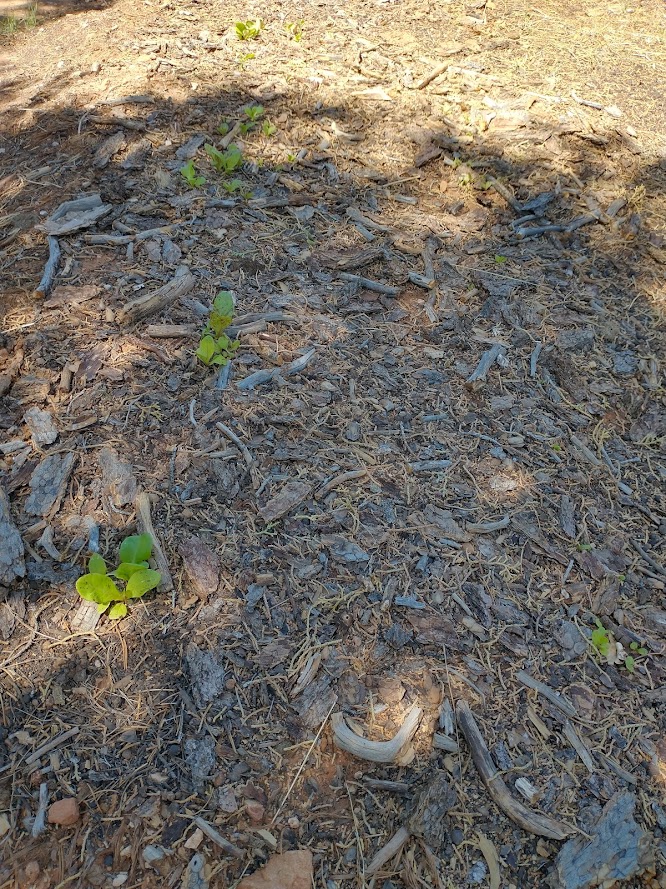
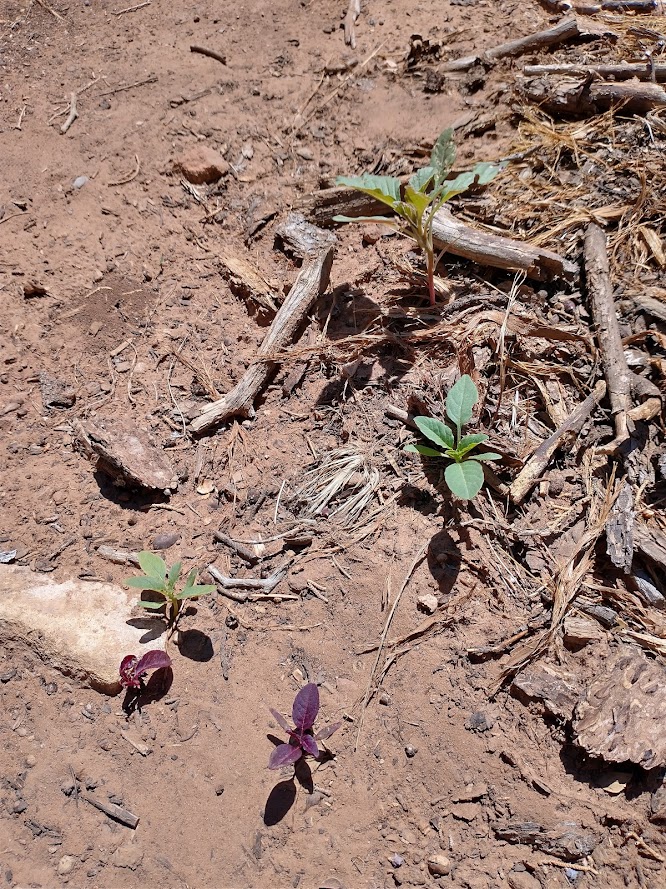
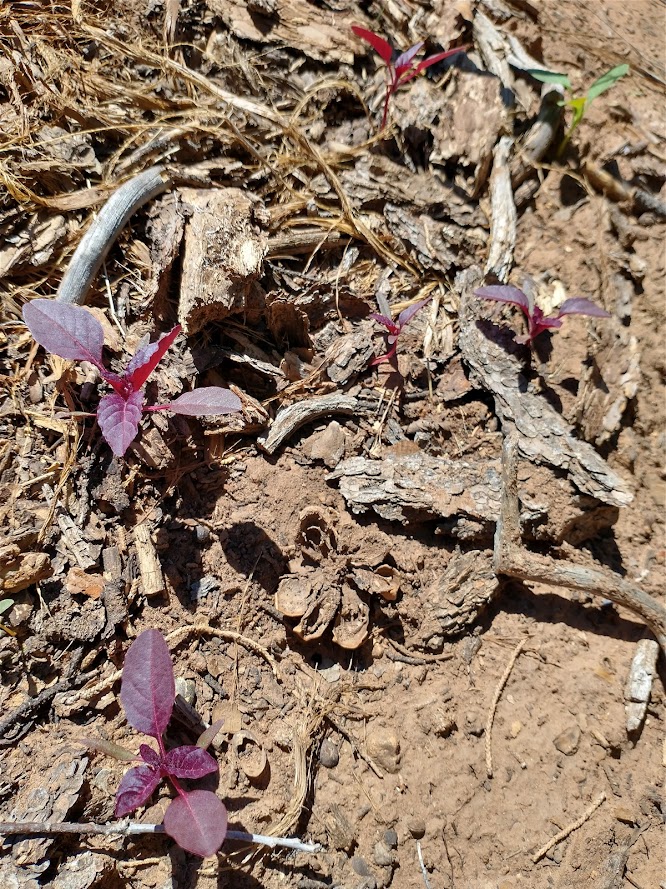
 4
4





| I agree. Here's the link: http://stoves2.com |
